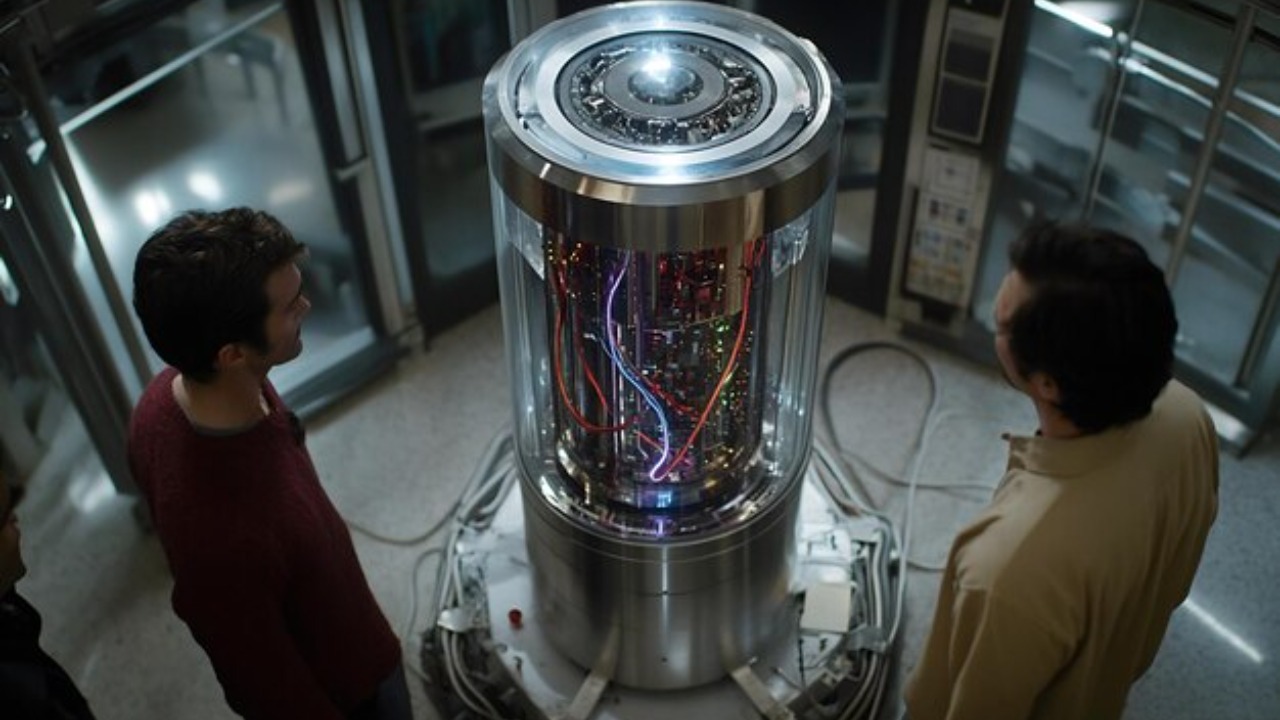
Researchers at the University of Oxford, led by Professor Peter Leek, have achieved a groundbreaking milestone in quantum networking by successfully teleporting quantum information between two independent quantum supercomputers. This experiment involved transferring a qubit using entangled microwave photons over a distance of two meters between superconducting quantum processors cooled to near absolute zero. This achievement, detailed in a study published in Physical Review X, demonstrates the reliable transfer of quantum states without the physical movement of particles.
The Fundamentals of Quantum Teleportation
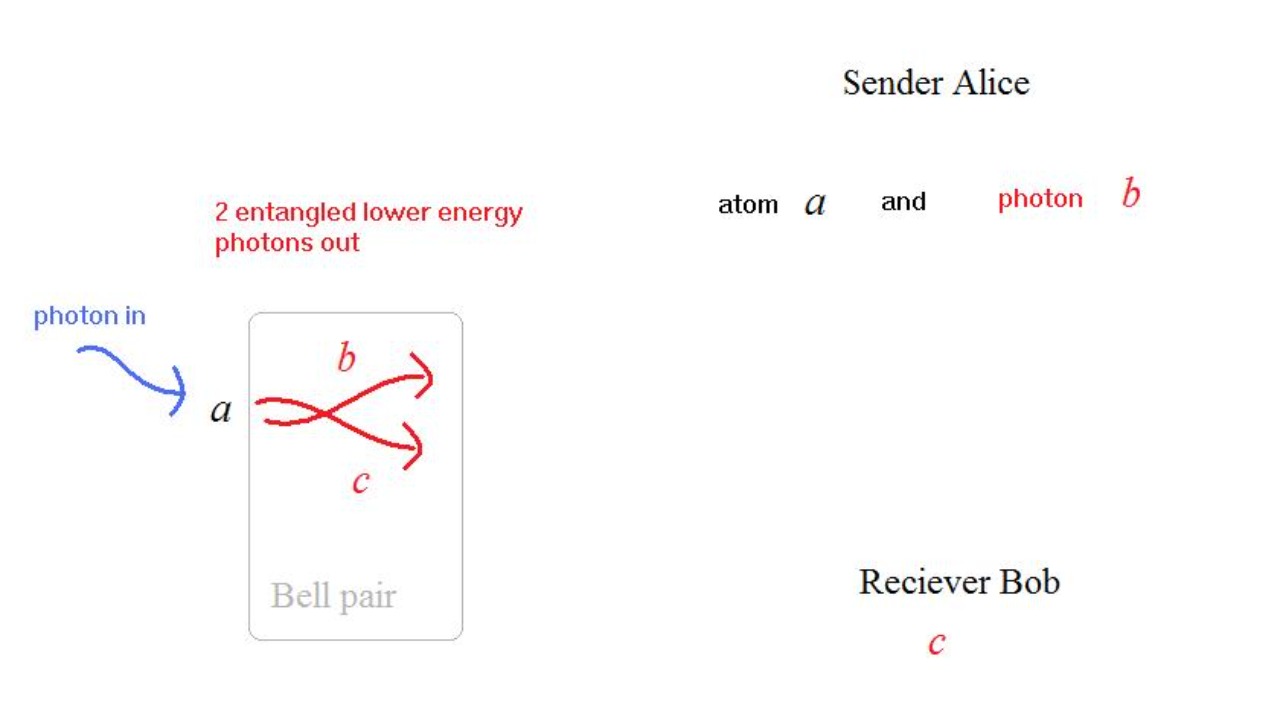
Quantum teleportation is a process that transfers quantum states via entanglement and classical communication, without the need to transport matter itself. The Oxford team utilized Bell state measurements to encode and decode qubits, a method that is central to the teleportation process. This approach allows for the transfer of information by leveraging the peculiar properties of quantum mechanics, where entangled particles remain interconnected regardless of the distance separating them. In this experiment, entangled photons served as the bridge between the two supercomputers, enabling the instantaneous influence of one particle’s state on the other.
A critical aspect of quantum teleportation is the no-cloning theorem, which prohibits the direct copying of qubits. This principle necessitates the use of teleportation techniques, such as those employed by the Oxford physicists, to transfer quantum information without duplication. The experiment underscores the potential of quantum teleportation to revolutionize data transfer by ensuring secure and efficient communication between quantum systems.
Setup and Execution of the Oxford Experiment
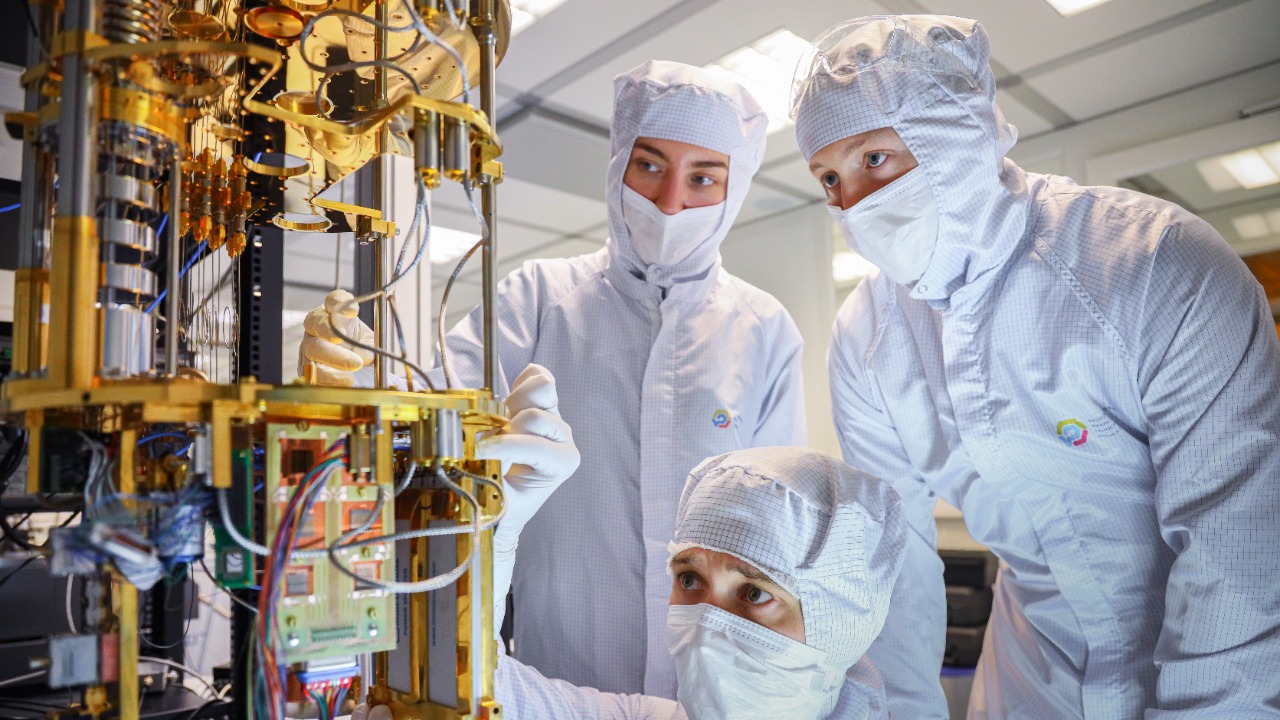
The experiment involved sophisticated hardware, including two superconducting quantum processors equipped with transmon qubits operating at 4.2 Kelvin. These processors were connected via optical fibers to facilitate photon entanglement. The process began with the generation of entangled microwave photons, followed by a joint measurement on the sender’s qubit and one photon. Classical data was then transmitted over a distance of two meters to the receiver, where corrections were applied to reconstruct the quantum state with an impressive 86% fidelity.
Maintaining a cryogenic environment was crucial to the experiment’s success. Dilution refrigerators were used to minimize decoherence, ensuring the qubits remained stable during the 1-microsecond transfer. This setup highlights the intricate balance required to achieve reliable quantum teleportation and the importance of precise environmental control in quantum experiments.
Overcoming Technical Challenges
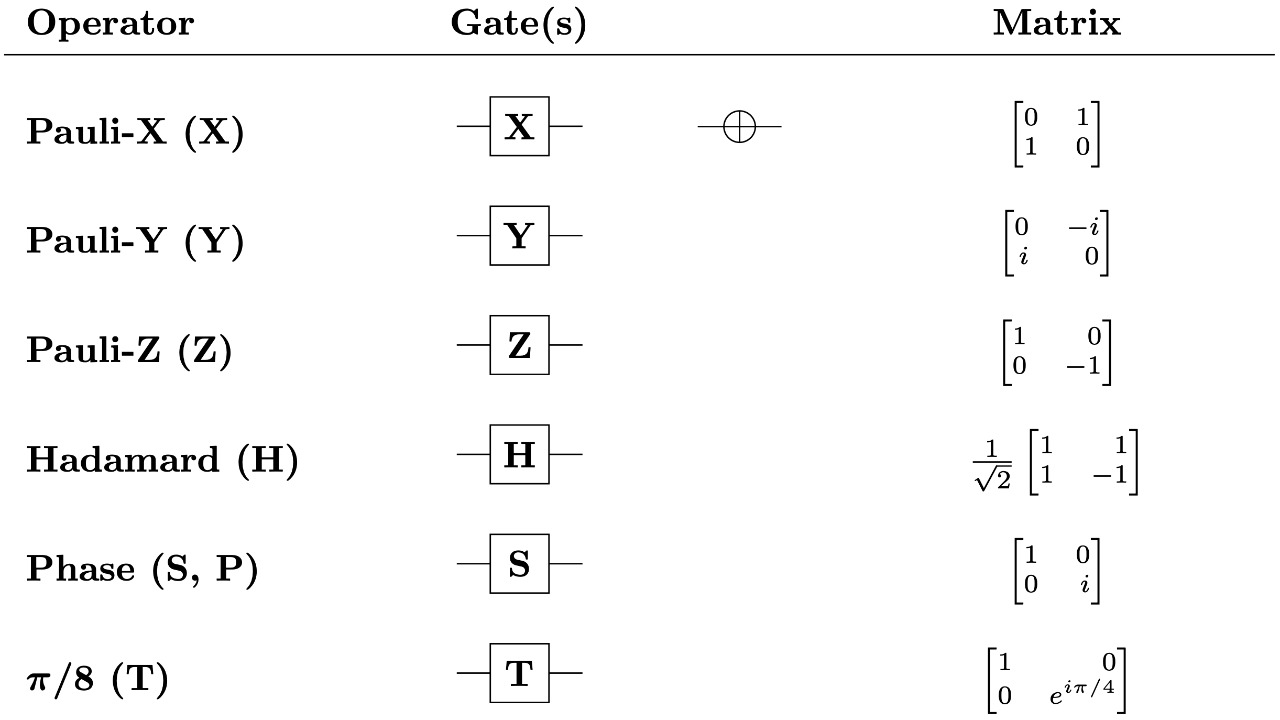
One of the significant challenges faced by the Oxford team was photon loss during the conversion from microwave to optical domains. To address this, they employed high-efficiency transducers that achieved a 40% conversion rate, a notable improvement that facilitated the successful teleportation of quantum information. Additionally, noise reduction strategies, including error correction protocols, were implemented to limit infidelity to below 10%. These protocols were verified through repeated trials conducted over several hours, demonstrating the robustness of the experimental setup.
Synchronization of the distant supercomputers’ clocks to within femtoseconds was another critical factor in the experiment’s success. This precise timing was essential for aligning the classical signal with quantum operations, ensuring the accurate reconstruction of the teleported quantum state. The meticulous attention to detail in addressing these technical challenges underscores the complexity of quantum teleportation and its potential to transform quantum computing.
Implications for Quantum Technology
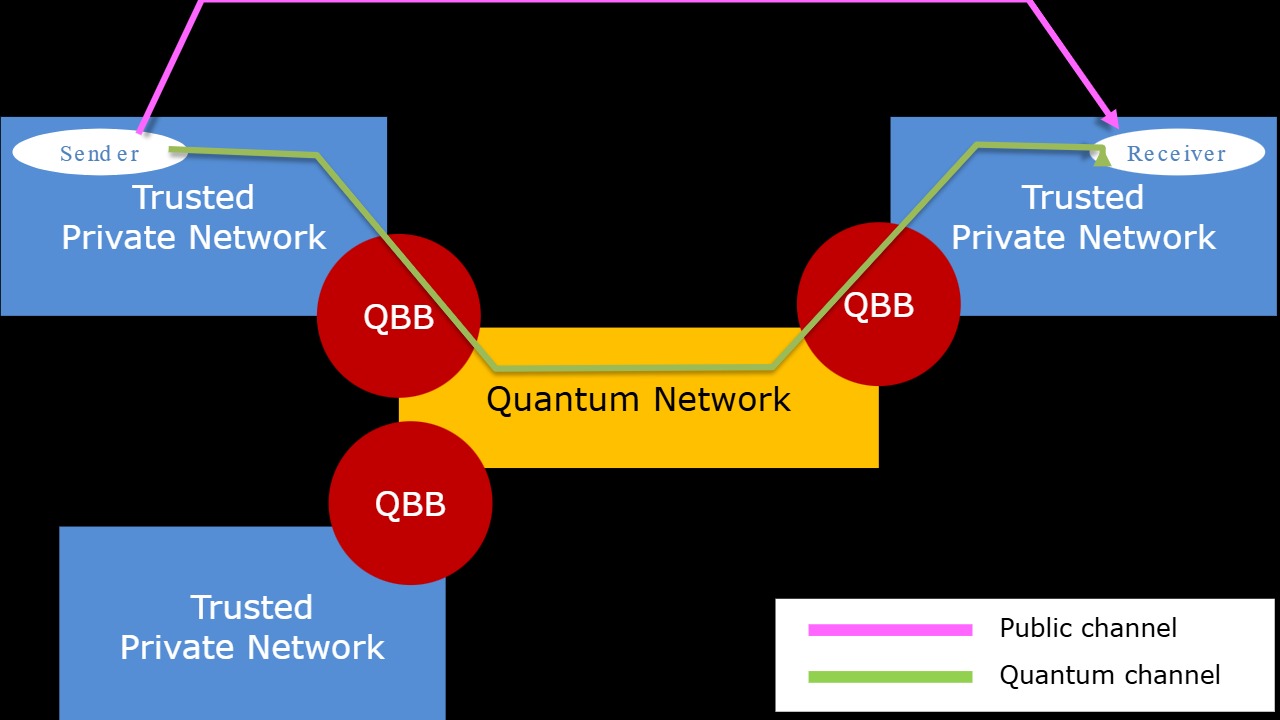
The successful teleportation of quantum information between two supercomputers opens new avenues for modular quantum computing by linking separate processors. This capability could potentially scale systems beyond the current 100-qubit limits, paving the way for more powerful quantum computers. Furthermore, the experiment demonstrates the feasibility of a quantum internet, where secure data transfer via teleportation could support unhackable communication networks, enhancing cybersecurity in the digital age.
Beyond communication, the Oxford breakthrough holds promise for distributed quantum sensing and simulation. By enabling real-time collaboration between remote quantum devices, this technology could accelerate advancements in fields such as drug discovery and materials science. The ability to connect quantum systems across distances represents a significant step toward realizing the full potential of quantum technology.
Future Directions and Broader Impact
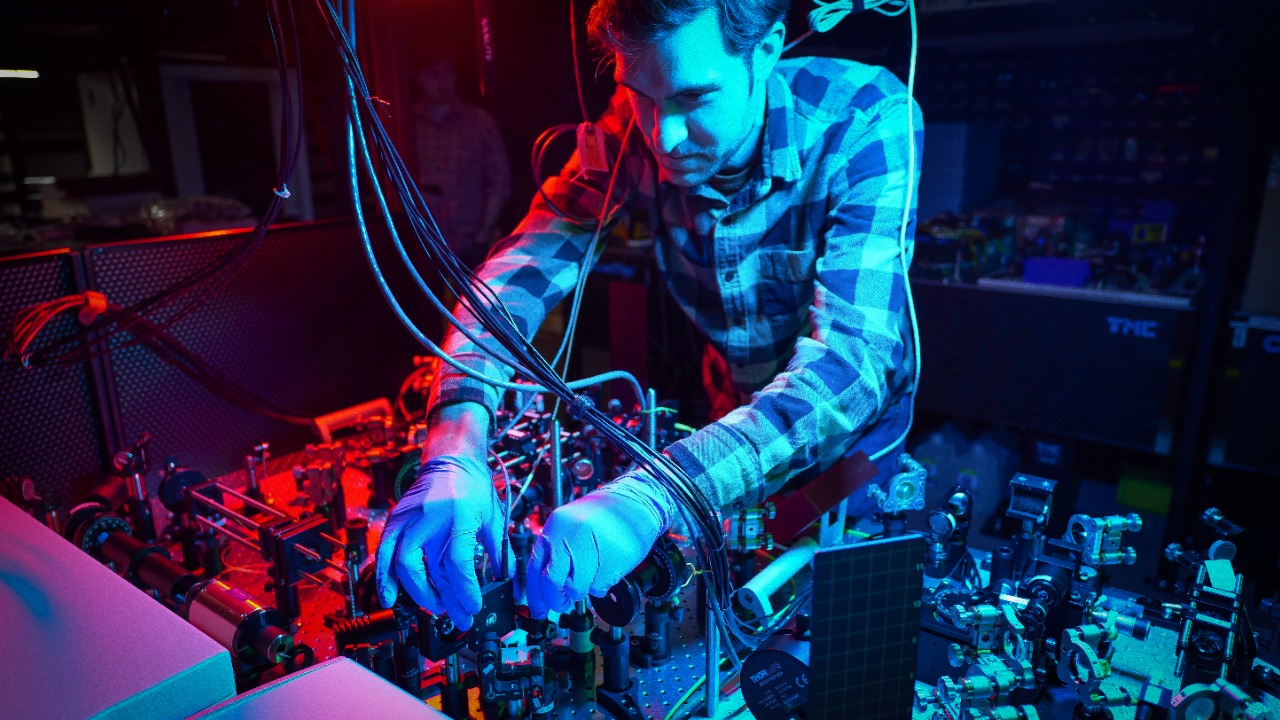
Looking ahead, the Oxford team plans to extend the teleportation distance beyond two meters by integrating with fiber-optic networks. This advancement aims to achieve city-scale quantum links within five years, significantly expanding the reach of quantum communication. Professor Peter Leek emphasized the importance of this development, stating, “This is an important step towards connecting quantum computers together to form a quantum internet,” highlighting the collaborative potential of this technology.
The societal impacts of quantum teleportation are vast, with the potential to revolutionize industries by accelerating processes such as drug discovery through networked quantum simulations. However, challenges remain, particularly in maintaining entanglement over longer distances. Addressing these scalability hurdles will be crucial to fully realizing the benefits of quantum teleportation and its transformative impact on technology and society.
For more details, visit The Brighter Side, Futurism, BGR, EcoPortal, and ScienceAlert.